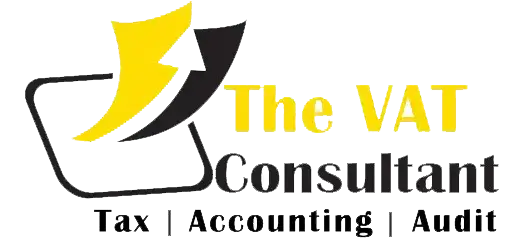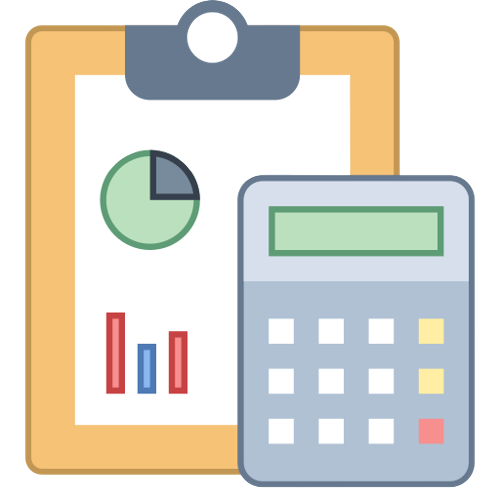After all member states finally approve and sign the GCC unified value-added tax agreement, the tax system VAT will be implemented in all GCC member states. It is expected to be implemented in 2018, and the formulation of laws and regulations in each member state is some of the main direct steps involved in implementing VAT.
When these countries/regions are preparing to implement value-added tax, what does this mean for businesses? Although there are indirect taxes in certain business-specific situations, this is new for these businesses. There is no doubt that business will be affected in many ways. The reason is that indirect tax “VAT” is a transaction-based tax, which requires you to ensure that every transaction recorded is a VAT complaint. To ensure compliance, companies must understand what value-added tax is? How does the VAT system work? Let us discuss it.
What is VAT?
Value-added tax (VAT) is a tax levied on each value-added level of a product throughout the supply chain. It is collected from each point of sale of the manufacturer until it is sold to the final consumer. This is done by allowing adjustments to the taxes paid for purchases known as “input tax credits” or also known as “input value-added tax”, while the VAT on sales is called “input value-added tax”. Ultimately, all taxes are paid by consumers.
How does the VAT system work?
Value-added tax is a tax based on consumption, which stipulates that the input tax credit can be used-it can offset the input tax used in the purchase or offset the VAT liability tax collected in the sale. After adjustment, if there is a balance of liabilities, it should be paid to the government.
Let us understand with an example
1. Best Bicycles Ltd, bicycle manufacturers are required to pay 10% value-added tax, which is 100 euros, when purchasing the raw materials needed to manufacture bicycles. After production, he sold the bicycle to Top Distributors Ltd for a price of 1500 plus 150. To reach the value-added tax payable to the government, Best Bicycles Ltd needs to adjust the input 100, the output value-added tax to 150, and the balance 50 to be payable.
2. Top Distributor LTD sells bicycles to retailers’ collection bicycle shops at a price of 2200 VAT + 220 VAT. Since he has paid 150 VAT to Best Bicycles Ltd, he will allow adjustments of 150 input income and 220 output VAT, and the balance 70 will be paid to the government. If you observe, the 70 VAT paid by him is exactly 10% of the 700 appreciation.
3. Favorite Bicycle Store is a retail store, he sells bicycles to the final consumer Mr. Imran, the price is 2500, including 250 VAT. Similar to the above, Favorite Bicycle Store adjusts the input value-added tax to 220, the output tax to 2500, and pays the balance 30 to the government.
Now, if you look closely, the total tax paid by all parties (A-One supplies 100 + Best Bicycles Ltd 50 + Top Distributor Ltd 70 + Favorite Bicycles Store 30) is 250, which is exactly the same as the value-added tax paid by Mr. Imran (Imran) Buy a bicycle. Therefore, enterprises engaged in supply chain business will shift the tax burden to the next stage, and the final value-added tax will be paid by the final consumer.


























